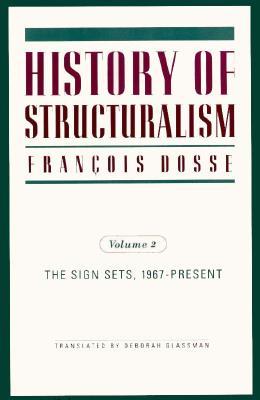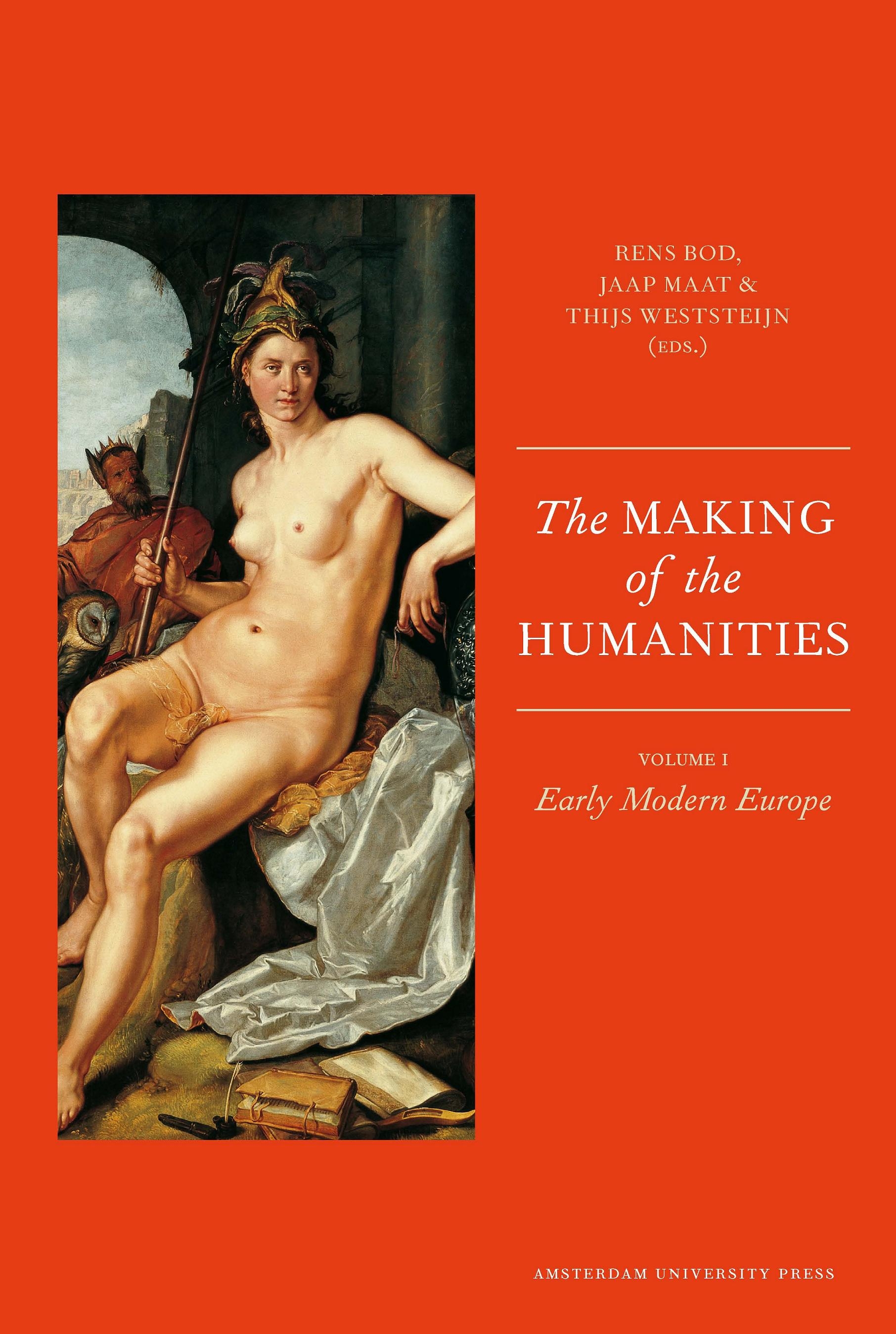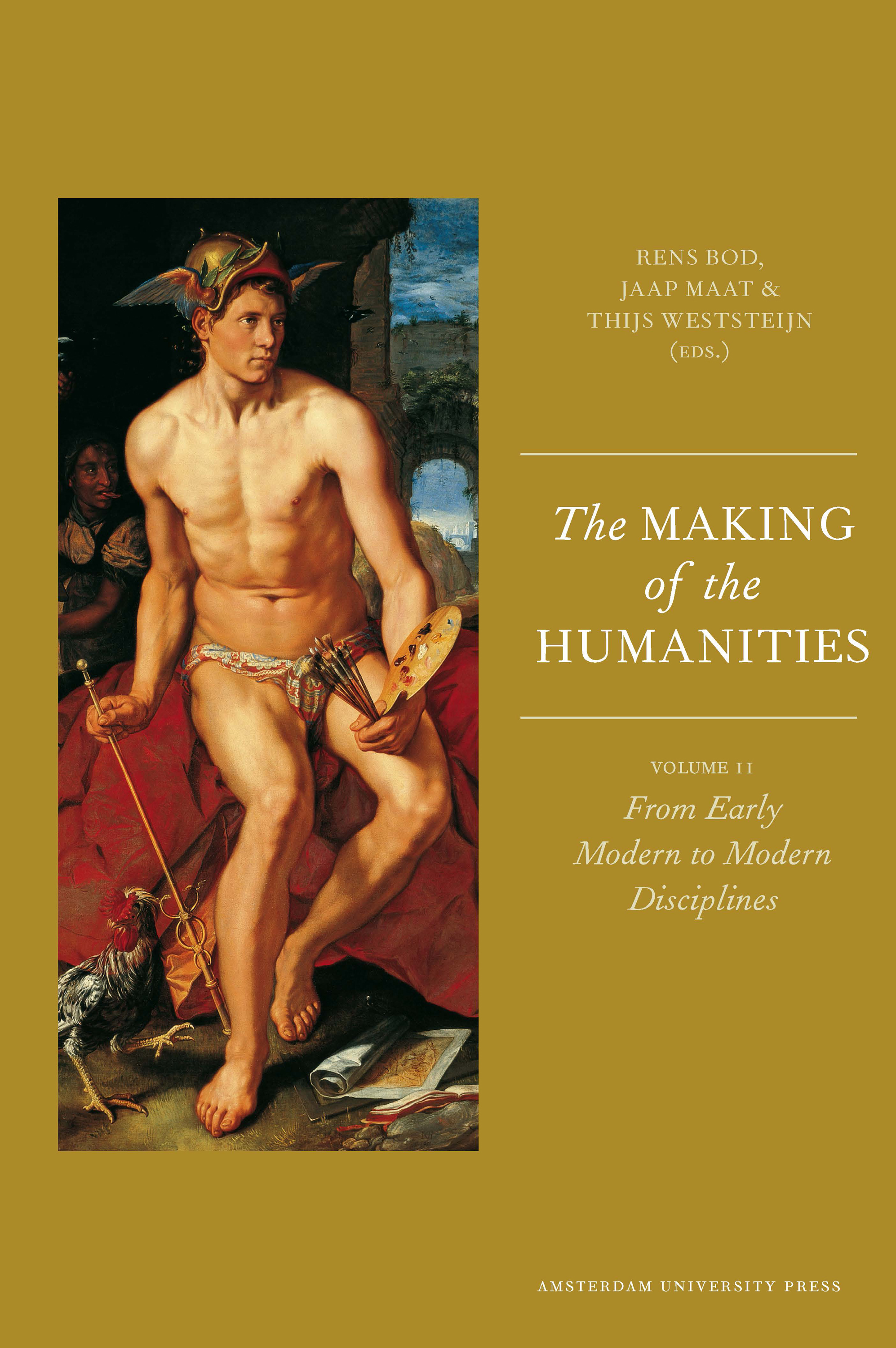François Dosse: History of Structuralism, 2 vols. (1991–) [BR-PT, EN, ES]
Filed under book | Tags: · 1940s, 1950s, 1960s, 1970s, anthropology, history, language, linguistics, literary theory, marxism, philosophy, psychoanalysis, semiotics, sociology, structuralism, unconscious


“Claude Lévi-Strauss, Roland Barthes, Jacques Lacan, Louis Althusser, Jacques Derrida, and Michel Foucault—the ideas of this group of French intellectuals who propounded structuralism and poststructuralism have had a profound impact on disciplines ranging from literary theory to sociology, from anthropology to philosophy, from history to psychoanalysis. In this long-awaited translation, History of Structuralism examines the thinkers who made up the movement, providing a fascinating elucidation of a central aspect of postwar intellectual history.
François Dosse tells the story of structuralism from its beginnings in postwar Paris, a city dominated by the towering figure of Jean-Paul Sartre. The work of Saussure became the point of departure for a group of younger scholars, and the outcome was not only the doom of Sartre as intellectual leader but the birth of a movement that would come to reconfigure French intellectual life and would eventually reverberate throughout the Western world.
Dosse provides a readable, intelligible overall account, one that shows the interrelationship among the central currents of structuralism and situates them in context. Dosse illuminates the way developments in what are usually distinct fields came to exert such influence on each other, showing how the early structuralists paved the way for later developments and for recent discourses such as postmodernism. The cast of characters related by Dosse includes those mentioned above as well as Roman Jakobson, Julia Kristeva, Pierre Bourdieu, Gilles Deleuze, Félix Guattari, Tzvetan Todorov, and many others. Chapters are devoted to major figures, and Dosse has done extensive interviews with the major and minor figures of the movement, furnishing an intellectual history in which historical players look back at the period.
This first comprehensive history of the structuralist movement is an essential guide to a major moment in the development of twentieth-century thought, one that provides a cogent map to a dizzying array of personalities and their ideas. It will be compelling reading for those interested in philosophy, literary theory, sociology, anthropology, linguistics, and psychoanalysis.”
First published in French as Histoire du structuralisme, Éditions La Découverte, Paris, 1991, 1992
English edition
Translated by Deborah Glassman
Publisher University of Minnesota Press, 1997
ISBN 0816622418, 9780816622412 & 0816623716, 9780816623716
488 & 534 pages
Publisher (EN)
História do estruturalismo I (BR-Portuguese, trans. Álvaro Cabral, 1993, added on 2024-1-20)
História do estruturalismo II (BR-Portuguese, trans. Álvaro Cabral, 1994, added on 2024-1-20)
History of Structuralism, 1: The Rising Sign, 1945-1966 (English, trans. Deborah Glassman, 1997, via falsedeity)
History of Structuralism, 2: The Sign Sets, 1967-Present (English, trans. Deborah Glassman, 1997)
Historia del estructuralismo I (Spanish, trans. María del Mar Llinares, 2004)
Historia del estructuralismo II (Spanish, trans. María del Mar Llinares, 2004)
Rens Bod, Jaap Maat, Thijs Weststeijn (eds.): The Making of the Humanities, Vols. 1–2 (2010–12)
Filed under book | Tags: · art, art history, historiography, history, history of philosophy, history of science, humanities, language, linguistics, literary theory, logic, musicology, philology, philosophy


“The Making of the Humanities is the first step towards the development of a comparative history of the humanities. Specialists in philology, musicology, art history, linguistics, literary theory, and other disciplines highlight the intertwining of the various fields and their impact on the sciences.
The first volume in the series focuses on the early modern period. Different perspectives reveal how the humanities developed from the ‘liberal arts’, via the curriculum of humanistic schools, to modern disciplines. The authors show in particular how discoveries in the humanities contributed to a secular world view, pointing up connections with the scientific revolution. The main themes are: the humanities versus the sciences; the visual arts as liberal arts; humanism and heresy; language and poetics; linguists and logicians; philology and philosophy; the history of history. Contributions come from a selection of internationally renowned European and American scholars, including Floris Cohen, David Cram, and Ingrid Rowland. The book offers a wealth of insights for specialists, students, and those interested in the humanities in a broad sense.
The second volume investigates the changes in subject, method and institutional context of the humanistic disciplines around 1800, offering a wealth of insights for specialists and students alike. Point of departure is the pivotal question whether there was a paradigm shift in the humanities around 1800 or whether these changes were part of a much longer process. The authors provide an overarching perspective including philology, musicology, art history, linguistics, historiography, philosophy and literary theory. They also make clear that the influence from the East, from the Ottoman Empire to China, was crucial for the development of the European humanistic disciplines.”
Publisher Amsterdam University Press, Amsterdam
Open Access
ISBN 9789089642691 & 9789089644558
400 & 432 pages
Reviews: Sandrine Maufroy (H-Net, 2011, of Vol 1), Anja-Silva Goeing (Renaissance Quarterly, 2012, of Vol 1), Charles G. Nauert (Intellectual History Review, 2012, of Vol 1)
Conference: 2008, 2010.
Publisher: Vol. I, Vol. II.
OAPEN: Vol. I, Vol. II.
Volume I – Early Modern Europe (updated on 2022-12-20)
Volume II – From Early Modern to Modern Disciplines (updated on 2022-12-20)
Volume III
Raymond Queneau: Exercises in Style (1947-) [FR, EN, DE, IT, GR, CZ, ES, PT, RU, PL, ALS, RO, UA]
Filed under book | Tags: · language, linguistics, literature, oulipo

On a crowded bus at midday, Raymond Queneau observes one man accusing another of jostling him deliberately. When a seat is vacated, the first man appropriates it. Later, in another part of town, Queneau sees the man being advised by a friend to sew another button on his overcoat. Exercises in Style retells this apparently unexceptional tale ninety- nine times, employing the sonnet and the alexandrine, “Ze Frrench” and “Cockney”, while an “Abusive” chapter heartily deplores the events.
When Exercises in Style first appeared in French in 1947, it led to Queneau’s election to the highly prestigious Académie Goncourt. This virtuoso set of themes and variations is a linguistic rust-remover, a guide to literary forms, a demonstration of the use of imagery and expletive. But it is far too funny to be merely a pedantic thesis.
The late Raymond Queneau, novelist, poet, mathematician and editor, once told Barbara Wright that of all his books, this was the one he most wished to see translated. He rendered her his “heartiest congratulations”, adding: “I have always thought that nothing is untranslatable. Here is new proof. And it is accomplished with all the intended humour. It has not only linguistic knowledge and ingenuity, it has that.”
Exercices de style (French, transcript, 1947), HTML.
Exercises in Style (English, trans. Barbara Wright, 1958/2012, EPUB, added 2015-5-25; PDF excerpt)
Stilübungen (German, trans. Ludwig Harig and Eugen Helmlé, 1964), Typographic interpretation by Eike Rupp (2008).
Esercizi di stile (Italian, transcript, trans. Umberto Eco, 1983)
Ασκήσεις ύφους (Greek, trans. Achilleas Kyriakides, 1984)
Stylistická cvičení (Czech, excerpt, transcript, trans. Patrik Ouředník, 1985)
Ejercicios de estilo (Spanish, trans. Antonio Fernández Ferrer, 1989)
Exercicios de estilo (Portuguese, trans. Luiz Resende, 1995)
Упражнения в стиле (Russian, transcript,V.A.Petrov et al., 1998)
Styluebige (Züritüütsch, audio excerpt, trans. Felix E. Wyss, 2004)
Ćwiczenia stylistyczne (Polish, trans. Jan Gondowicz, 2005)
Exerciţii de stil (Romanian, trans. Romulus Bucur, Luminiţa Boază and Irina Grădinariu, 2006)
Вправи зі стилю (Ukrainian, trans. Yurko Pozayak and Yaroslav Koval, 2006, HTML, added on 2014-5-26 via Volodymyr Bilyk)
Feel free to contribute more translations and scans in comments.
Comments (3)
